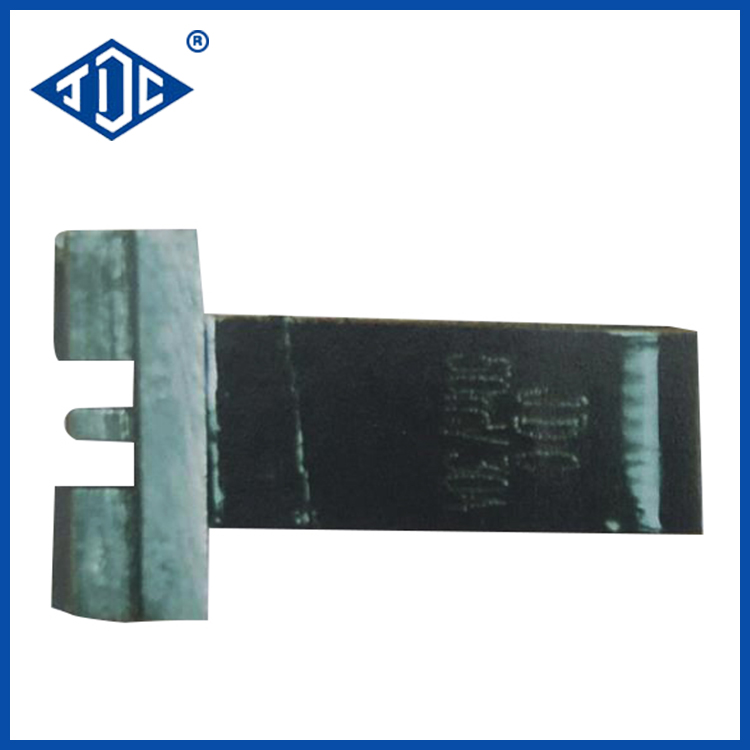A shunt resistor is the resistance of a conductor in parallel with a certain circuit. In the case of the total current unchanged, a shunt connected in parallel on a certain circuit will play a role of shunting, and part of the current is passed through the shunt, so that the current passing through the part of the circuit becomes smaller. The smaller the resistance of the shunt resistor, the more obvious the shunt effect.
Due to its special function, shunt resistors should be used in precision electronic products, such as instruments, meters, and measuring equipment. Special attention should be paid to the selection of resistance accuracy. If the accuracy is not enough, the current size of the shunt may be too different from the expected value. This directly leads to a large error in the measurement result and loses the meaning of the measurement. Similarly to other precision electronic products, because of their high requirements, it is best to choose high-precision resistors.
If the resistance of the shunt resistor is less than 1 ohm, that is, in the milliohm level, then you can choose a low-resistance sampling-level resistor, Jiebishen sampling resistor. The resistance range is 0.0005 ohm, 0.5 milliohm, to 1000 milliohm, 1 ohm.
